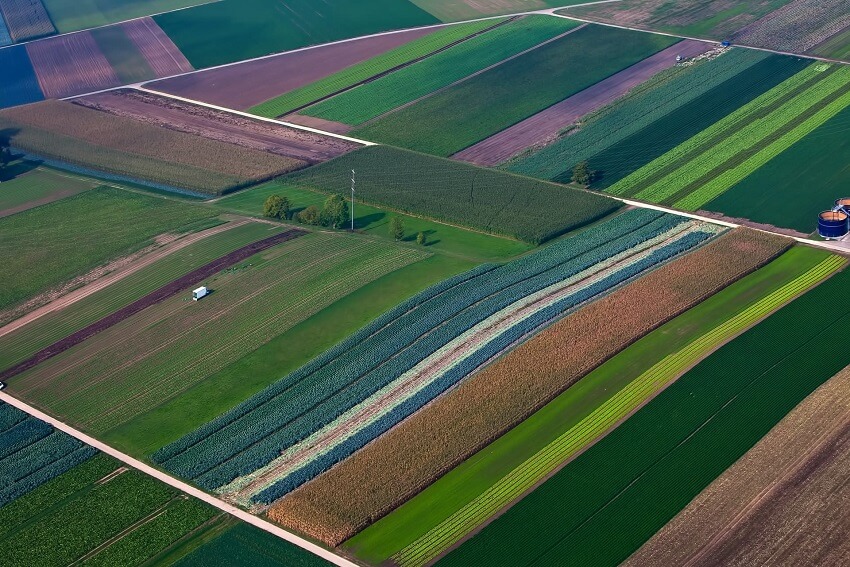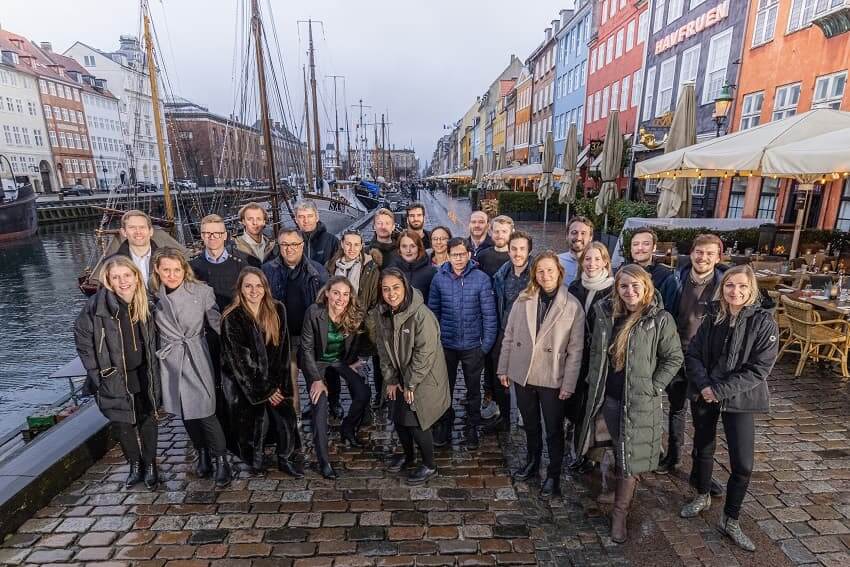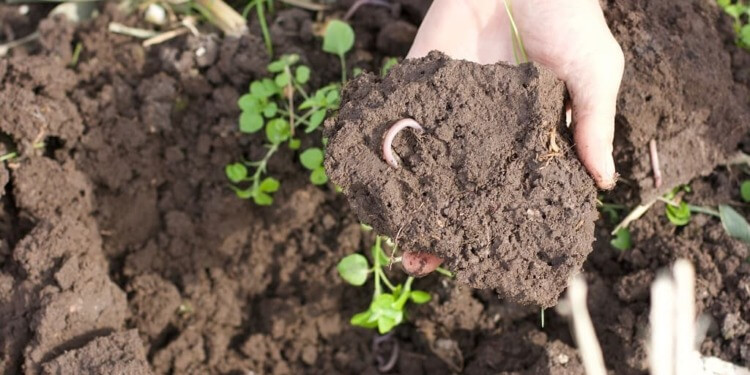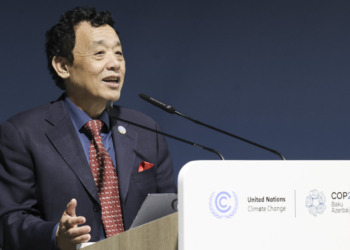Agreena has completed a €20M Series A round led by European growth-stage investor Kinnevik and supported by existing investors too, like Giant Ventures, Vaekstfonden – the Danish states’ investment fund -, and farmer angel investors. This round will help Agreena enhance its regenerative farming carbon certificates with a new classification system and a novel carbon farming marketplace to improve its carbon farming market.
How Does Agreena Platform Work?
Founded by Ida Boesen, Julie Koch Fahler, and the current CEO, Simon Haldrup, Agreena is a Danish company that serves over 150 farmers in eight countries with more than 50,000 hectares of farmland yielding regeneratively.
The idea behind this startup is to help farmers so they can maximize their thin margins while simultaneously making the world a better place. How? Agreena is one of the first European companies internationally accredited to quantify, measure, report, and verify greenhouse gas (GHG) reductions and removal enhancements focused specifically on soil and sustainable farming techniques.
AgreenaCarbon farmers work with the company and expert agronomists to develop detailed plans for regenerative agriculture practices to be adopted each annual harvest cycle that reduce GHG emissions and sequester carbon in the soil.

In addition to that, Agreena can help farmers to improve soil health, and biodiversity, enhance ecosystems and produce healthier crops.
Improving all these is the key to achieving the Sustainable Development Goals (SDGs), in particular, the Goals on zero hunger, climate action, and life on land. According to the CEO, Simon Haldrup, the company is currently evaluating SDG impact quantification and reporting tools which can be attributed to individual certificates in the future to capture the full impact created by AgreenaCarbon farmers and add value to the voluntary carbon market.
Achieving Sustainability through GHG Reductions
Agreena monitors and reports GHG emission offsets. To participate farmers need to follow some rules which include:
- Not disturbing the soil any deeper than 10 cm – because using intensive soil disturbance practices can cause the reversal of existing carbon sequestration, and can deplete soil nutrients and hamper water holding capacities.
- Not burning residues on your fields – because successive fires destroy the organic matter that makes soil fertile, causing crop yields to decrease over time and increasing the need for fertilizers.
- They must have a yearly yield on the participating fields – because this program is designed for active cropland.
In addition, the startup is aligning itself with the Paris Agreement. The goal is to limit global warming through natural-based solutions. Agreena supports the transition to climate-neutrality by 2050 to meet the IPCC recommendations. This focuses on limiting global warming to 1.5-degree C in relation to pre-industrial levels.

RELATED ARTICLES: Leveling the Playing Field for Women in Agriculture| Building Resilient Climate Smart Agricultural Systems For Smallholder Farmers |Reimagining Generational Gaps to Transform Africa’s Agri-food Systems (Part II)| Building Resilient Climate Smart Agricultural Systems For Smallholder Farmers |Participation: the key to the creation of new farming systems |
Agreena’s Next Moves
Agreena’s next steps will be to integrate its tech stack with blockchain. This will promote more transparency and traceability of the credits issued by the Agreena platform. The plan is to upgrade its protocol and build out a new system and categorize its reduction and removal certificates.
Agreena’s mission is to give farmers the opportunity to invest in a sustainable future. In the past, farmers have not had many opportunities to take action against climate change. Agreena wants to change this. As Simon Haldrup says, farmers now have “the opportunity to become the heroes of future generations – and get paid.”
Editor’s Note: The opinions expressed here by Impakter.com columnists are their own, not those of Impakter.com










